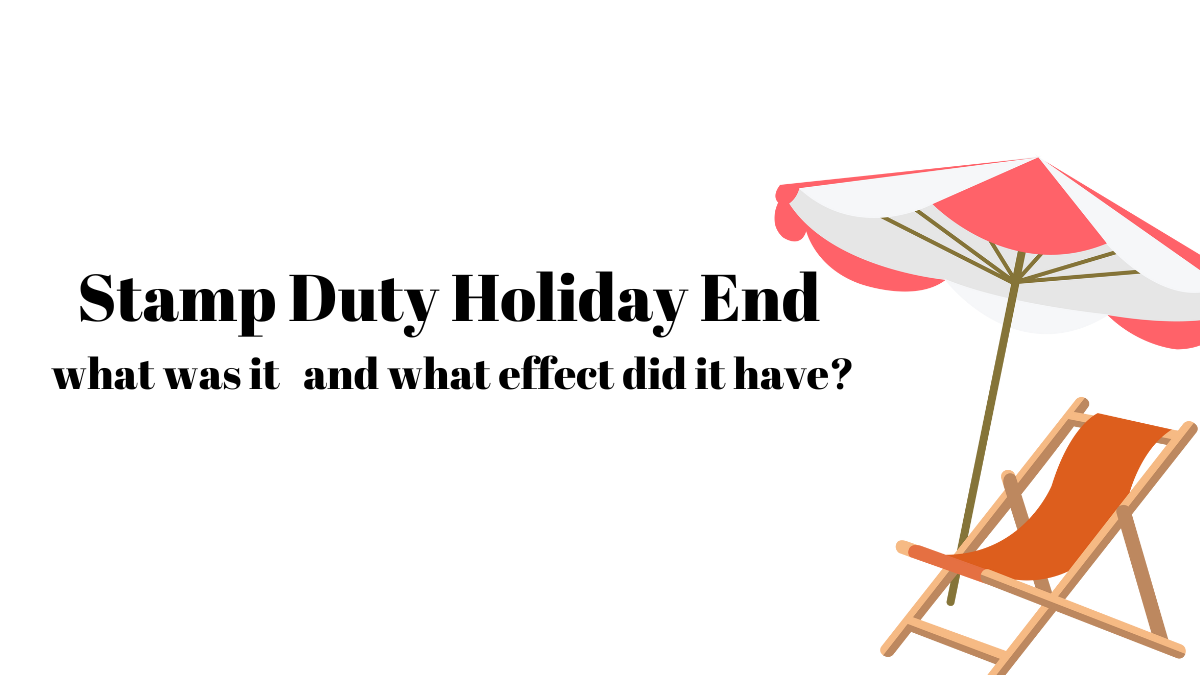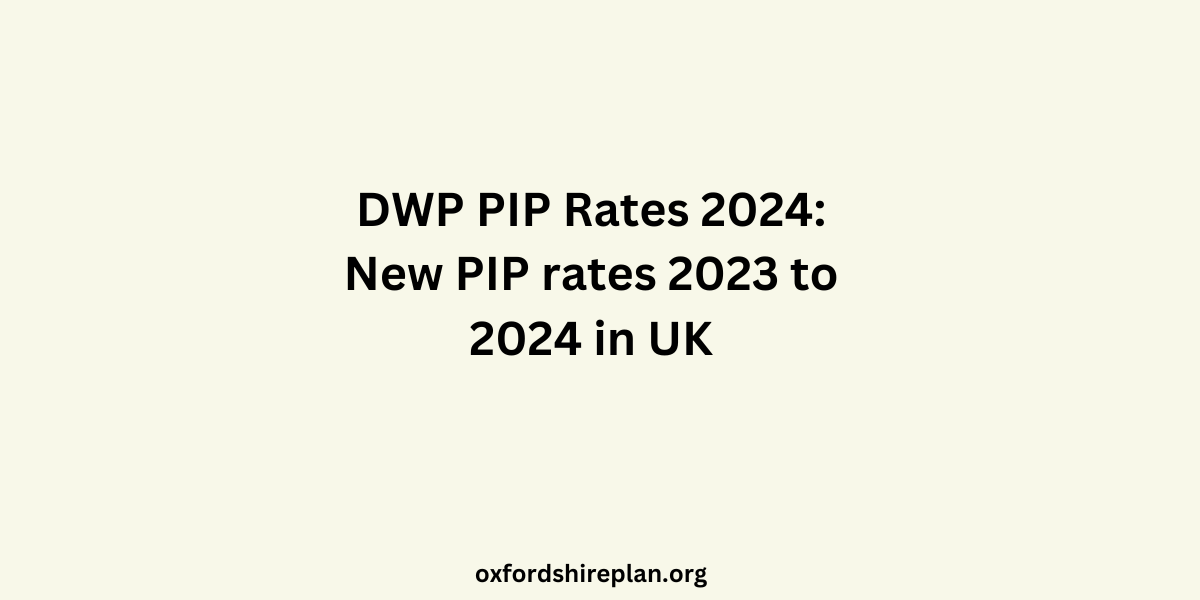The Stamp Duty Holiday, introduced in July 2020, was a government initiative to stimulate the UK property market during the COVID-19 pandemic. This article delves into the details of the Stamp Duty Holiday, its impact on the property market, and the effects of its conclusion.
Contents
- What Was The Stamp Duty Holiday?
- The Impact of The Stamp Duty Holiday
- The End of The Stamp Duty Holiday
- How much do I owe in stamp duty now in the UK?
- How will the new stamp duty rules affect the property market?
- Did the stamp duty holiday work?
- The Aftermath: Effects on The Property Market
- Conclusion
- Read More:
What Was The Stamp Duty Holiday?
The Stamp Duty Holiday temporarily suspended stamp duty on the first £500,000 of property for transactions completed by 30 June 2021. This was then ‘tapered’ until 30 September 2021, meaning homebuyers did not have to pay stamp duty on the first £250,000, saving up to £2,500. The rules were similar in Scotland and Wales, although the timelines varied.
The Impact of The Stamp Duty Holiday
The Stamp Duty Holiday had a profound effect on the property market. It led to a surge in transactions and is thought to be behind the recent boom in property prices. The initial holiday saw 1.3 million buyers in England pay no stamp duty on the first £500,000, with estate agents reporting a boom in enquiries and house prices rising at their fastest rate since 2004.
The End of The Stamp Duty Holiday
The Stamp Duty Holiday ended on 30 June 2021, followed by a transition period until 30 September 2021. After this date, stamp duty reverted to its previous rules, with duty payable on anything over £125,000 of the agreed sale price.
How much do I owe in stamp duty now in the UK?
The current Stamp Duty Land Tax (SDLT) rates in the UK are as follows:
| Property or Lease Premium or Transfer Value | SDLT Rate |
| Up to £250,000 | 0% |
| £250,001 to £925,000 | 5% |
| £925,001 to £1.5 million | 10% |
| Above £1.5 million | 12% |
How will the new stamp duty rules affect the property market?
The new stamp duty rules could have several potential effects on the property market:
- The changes in stamp duty rules could stimulate market activity. For instance, when Mumbai reduced stamp duty, it led to a surge in transactions across all segments, including luxury, mid-income, and affordable housing.
- The introduction of provisions for digital e-stamping and digital signatures could streamline the process of property transactions, making it more efficient and accessible.
- The new rules aim to provide a uniform legislation for all Indian states regarding stamp duties. This could reduce confusion and simplify the process for buyers and sellers.
- While stamp duty generates revenue for state governments and reduces the possibility of fraud, its high cost can also discourage property transactions. There is also potential for evasion through under-reporting or undervaluation, leading to revenue loss.
- Changes in stamp duty can also impact property prices. For example, cuts to stamp duty in the UK led to an increase in house prices.
Did the stamp duty holiday work?
Yes, evidence suggests that the Stamp Duty Holiday had a positive impact on the UK property market. Here are some key points:
- The Stamp Duty Holiday led to a surge in transactions and is thought to be behind the recent boom in property prices.
- The initial holiday, which ended in June 2021, saw 1.3 million buyers in England pay no stamp duty on the first £500,000 of a property.
- Estate agents reported a boom in enquiries and house prices rising at their fastest rate since 2004.
- After the end of the Stamp Duty Holiday, the property market did slow down, with completed residential transactions down 63% in July compared to the previous month.
- Despite the slowdown, house price growth remained at a healthy 10.5%.
Despite the slowdown, house price growth remained at a healthy 10.5%.
The Stamp Duty Holiday also led to increased spending in sectors such as home improvements, valuations, and removals, which benefitted the economy. It also helped the Treasury bring in extra tax receipts from VAT.
However, the long-term effects of the Stamp Duty Holiday on the property market are yet to be fully understood. It’s important to note that while the Stamp Duty Holiday stimulated the property market, other factors such as the pandemic and changes in living preferences also played a significant role.
The Aftermath: Effects on The Property Market
The end of the Stamp Duty Holiday led to a slowdown in the property market. According to tax data, completed residential transactions were down 63% in July compared to the previous month. However, house price growth remained at a healthy 10.5%.
Despite the end of the Stamp Duty Holiday, the demand for property remained high. Many homeowners re-evaluated their needs due to the pandemic, leading to a trend of upsizing. As long as new buyers continue to enter the market and investors see property as a good investment, it is unlikely that there will be any major slip in house prices.
Conclusion
The Stamp Duty Holiday was a significant government initiative that stimulated the UK property market during a challenging period. Its end led to a slowdown in transactions but did not drastically affect property prices due to continued high demand. Hope this article is considered as informative for you.
Read More:
- The Pros and Cons Of A Salary Advance – (Should You Ask For one)
- TPG Products SBTPG LLC Deposits Explained
- The biggest mistake parents make when setting up a trust fund UK
- Know All About UK Retirement Age 2023
- Finio Loans Review

I am a dedicated lifestyle and fashion enthusiast, always looking for the latest trends and timeless styles. With a flair for creativity and a passion for self-expression, I provide fresh insights and tips on elevating everyday living and personal style.
















